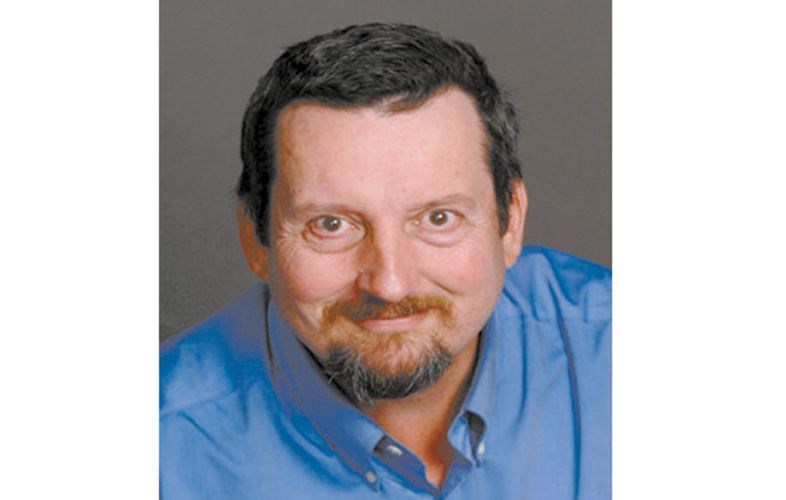There is a scene in the movie Ocean's Eleven between Brad Pitt and Carl Reiner at a race track. Carl's character is eating an orange and says something like "My doctor told me I needed to get vitamins" to which Brad's character replies "Why don't you eat vitamins?"
In this day and age, many people supplement their diet with vitamin pills. There is a whole industry devoted to telling us we are not getting enough and convincing us to buy more. There are even "natural" or "herbal" vitamin supplements.
My favorite pitch is the television commercial advertising gummy vitamins which are more enjoyable to eat. Seriously.
What is often lost in all of this is what vitamins are, where they come from, and why we need them. The simple answer is vitamins are components of food which we must get from our diet and a well-balanced diet provides all of the vitamins necessary.
It is the well-balanced diet which causes most people concern. Between fast food and pre-packaged, prepared microwave meals, it is easy to worry we might not be getting enough of all of the food groups. Vitamin supplements seem like a convenient answer. But even in our modern culture with more meals eaten outside of the home, vitamin supplements are not really necessary.
Indeed, the history of vitamins is interesting as their discovery was generally not intentional. For example, Vitamin C or ascorbic acid is essential. It is obtained from a variety of foods including leafy greens, citrus fruits and peas.
Since most people have a diet which includes some or all of these foods, Vitamin C deficiency or scurvy was rare. No one was deliberately trying to find Vitamin C or look for its effect.
Scurvy was characterized by the Greek physician Hippocrates but herbal cures were well known and had been used since pre-history. It was not until the age of discovery, when sailors started to take long ocean voyages, as scurvy rose to prominence, that both a cause and a cure became necessary.
On board ships for three or four months, sailors would start to suffer from weakness, pains in the joints and loose teeth. They would develop blood spots and would sometimes die as a main artery burst.
We now know that Vitamin C is critical for the maintenance of connective tissues, specifically collagen, which accounts for all the symptoms. We also know scurvy can be alleviated by simply providing fresh fruit or salad greens. Indeed, desperately ill sailors would recover in a week once they made landfall and had access to Vitamin C-rich food.
The Scottish physician, James Lind, experimented with cures for scurvy and found that a lime per day was sufficient to keep a British sailor free of the disease. This is where the expression "limey" for an Englishman is said to have originated as limes were included in a sailor's rations.
In any case, the development of the disease arises from the absence of appropriate food in the diet as opposed to the Pasteurian model in which disease arises from the presence of bacteria or viruses. To discover a vitamin, it is necessary for a population to suffer from a restricted diet and develop the symptoms.
Another disease associated with diet is beriberi. It is marked by weakness and a loss of feelings in the lower extremities followed eventually by difficulty breathing and death from heart failure. It seemed to be associated with a diet based on rice and little else. It was certainly described in very early Chinese and Japanese medical treaties but understanding the disease took a long time.
In 1803, Thomas Christie, a physician with the British army in Sri Lanka, wrote: "the chief cause of beriberi is certainly a want of the stimulating and nourishing diet.... However, giving 'acid fruits' which I find of great value in cases of scurvy has no effect in beriberi..."
He supposed there must be some chemical combination which would cure the illness but it took another 100 years before the proper compound was found. It was through studying prison populations in Southeast Asia where one prisoner in 10,000 fed on brown rice would develop beriberi but one in 39 fed mainly on white rice exhibited symptoms that Christiaan Eijkman reasoned there was a chemical in the rice husk necessary to offset the disease.
In both of these cases, the disease presents only when there is a deficiency of the vitamin in the diet. It is the absence of the chemical compounds and not their presence which is the causative effect. This makes identifying both the role of vitamins and their essential nature much more difficult.
However, an orange, a lime, or a green leafy vegetable are all good sources of some components essential for life and should be a part of everyone's daily diet.



